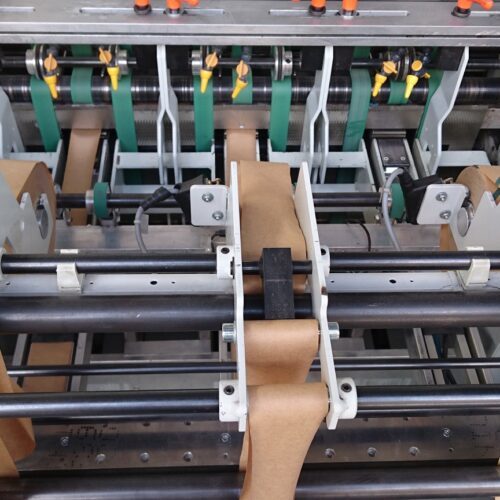

Plot( y, tps.p, xlab = 'observed', ylab = 'predicted') abline(0,1) Tps.r <- interpolate(dem, tps, xyOnly = FALSE)

# minimum at right endpoint lambda = 1.107268e-05 (eff. # Grid searches over lambda (nugget and sill variances) with minima at the endpoints: Lines( noisy_data$x,predict(optimized), col = 'dark green')įor our data, expanded into three dimensions (lat, lon, elevation) train <- <- fit Optimized <- Tps(noisy_data$x, noisy_data$y) Lines( noisy_data$x,predict(under.fit), col = 'blue') Under.fit = Tps(noisy_data$x, noisy_data$y, lambda = 1e12) #under fit: lambda = 1 - overly generalized (defaults to linear regression) Lines( noisy_data$x,predict(over.fit), col = 'red') Over.fit = Tps(noisy_data$x, noisy_data$y, lambda = 0) #over fit: lambda = 0 - perfect fit to data but not generalizable # The following object is masked from 'package:maps': # The following objects are masked from 'package:base': # suffix '.spam' to the function name, e.g. # Help for individual functions is also obtained by adding the # Type 'help( Spam)' or 'demo( spam)' for a short introduction Example: library(fields) # Loading required package: spam A tuning parameter “lambda”" determines how smooth or ‘wiggly’ the line is, and lambda is optimized by an algorithm. What splines do is try to fit a smooth line that is both close to the data (accurate) and smooth (not-overfit). Test <- sample(1:nrow(d), round (nrow(d) *. Ideally this process should also take into account distance between witheld data and data used for interpolation - if they are too near each other our cross validation estimates may appear artificially more accurate. # define cross validation groups by randomly subsetting input data. Lets try interpolating rainfall following the methods outlined in the helpfile for raster::interpolate # aggregate to total average yearly rainfall - this is what we'll interpolate The merits of an interpolation are best evaluated by cross validation, that is leaving a portion of data out during model fitting, then comparing predicted results to witheld data. Statistical interpolations are often used for creating climate surfaces based on climate station values. “everything is related to everything else, but near things are more related than distant things” In the biocompatibility tests, the round specimens with honeycomb filling also showed the highest cell count per mm², with 1591 ± 239 live cells/mm2 after 10 days and the highest value in cell proliferation, but with minimal cytotoxic effects (9.19 ± 2.47% after 3 days).Interpolation is the process of estimating values of a ‘field’ (continuous surface) using values at known locations.Įssentially all spatial interpolation methods are based on Tobler’s first law of geography, which states that Varying the external shape (toward roundness) geometry, as well as the filling configuration, resulted in the highest values of compressive strength for the round specimens with honeycomb filling, which had a value of 91.4 + 1.4 MPa. The circle was the outer shape with the highest compressive strength of 76.07 + 1.49 MPa, compared to the octagon, which had the lowest value of 52.96 ± 0.98 MPa. Results: With increasing strand thickness and strand spacing, the compressive strengths decreased from 86.18 + 2.34 MPa (200 µm) to 46.38 + 0.52 MPa (600 µm). MG-63 cells were then cultured on the scaffolds and various tests were performed to investigate the biocompatibility of the scaffolds. To improve interaction with the cells, the printed PCL scaffolds were coated with type-I collagen. Finally, the internal and external geometry was varied. This was followed by variation in the outer shape, produced as either a square, hexagon, octagon, or circle. Then, the filling structure was varied: either lines, waves, and honeycombs were used. First, square scaffolds were printed with variations in the strand width and strand spacing. Materials and Methods: An Envisiontec 3D Bioplotter was used to fabricate the scaffolds. Both the external and internal geometry were varied to investigate their influence on mechanical stability and biocompatibility. In this work, scaffolds were printed from the biomaterial known as polycaprolactone (PCL) on a 3D Bioplotter. Introduction The use of scaffolds in tissue engineering is becoming increasingly important as solutions need to be found for the problem of preserving human tissue, such as bone or cartilage.


 0 kommentar(er)
0 kommentar(er)
